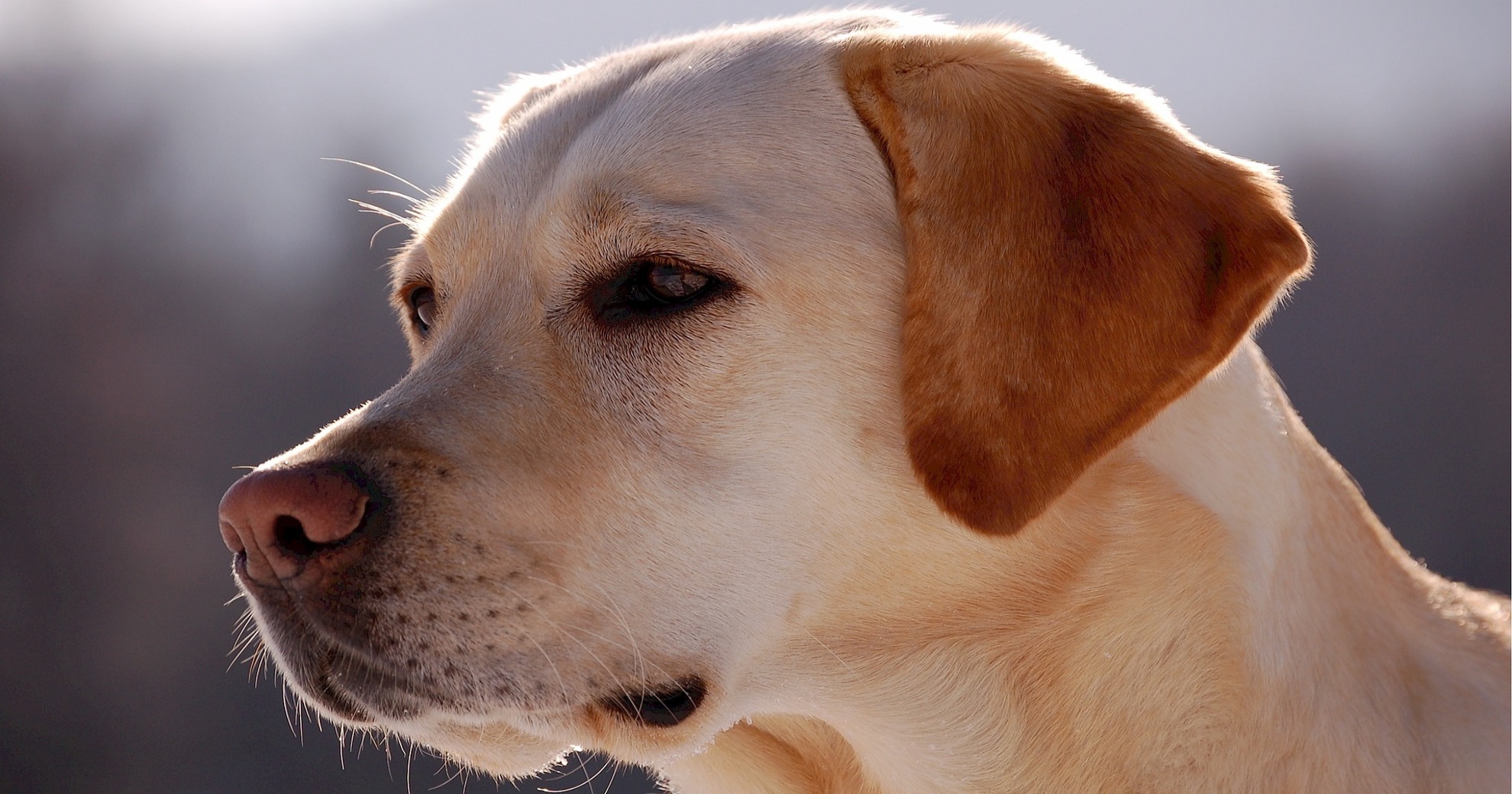HEALTH & WELLNESS

TRENDING
What is Osteoarthritis?

Arthritis is a general medical term describing inflammation of the joints.
Osteoarthritis (OA) or degenerative joint disease (DJD) is the terminology used when referring to a form of chronic joint inflammation that is a progressive and permanent disease of joints. The condition can cause long-term degeneration of joints and involves cartilage tissue, bone under the cartilage, joint capsule, fluid in the joint, pain and inflammation as well as immobility.
Osteoarthritis is a very common condition in dogs and cats and it is estimated that around 30% – 50% of dogs and cats will be affected by osteoarthritis at some point in their lives.
Unlike humans this condition may manifest very early in animals due to certain underlying conditions such as hip or elbow dysplasia, broken bones and joints that are more commonly affected by wear and tear.
SYMPTOMS CAN BE MISSED
It can be easy to miss symptoms of osteoarthritis in pets because they cannot easily tell us that they are in pain and signs may be subtle. There are many misunderstandings regarding pain in animals. For example, it is thought that a dog that is not moaning or yelping is pain free. This may not be the case. Most animals are not vocal about their pain. From a survival point of view, it was to an animal’s advantage, when still wild, to suffer silently and not attract a predator’s attention.
The key symptoms of osteoarthritis are lameness, stiffness, and pain. Lameness and stiffness are evident after a period of rest or if the animal was exposed to exercise previously.
CHANGES THAT MAY INDICATE PAIN
Changes vary from pet to pet and pain can manifest in physical or behavioural changes, including:
- Reluctance to move or play. Dogs may walk more slowly, tire more easily, or refuse to play or go for walks.
- Avoid jumping. Dogs struggle to jump onto the bed and start avoiding activities that they once enjoyed.
- Difficulty with climbing or laying down. Dogs may have trouble climbing the stairs or may groan when trying to lay down.
- Limping/lameness. This is noticeable first thing in the morning.
- Pain or stiffness when getting up or down. Stiffness is particularly noticeable when pets first get up after a period of inactivity, but as the dog moves, the stiffness seems to decrease.
- Change in posture. Joint degeneration can occur in different parts of the body. Dogs may begin to hunch or stand abnormally.
- Change in personality. Pets may seem withdrawn when normally good-natured. They may seem less interested in being petted or may yelp when touched. Pain may also cause them to lose interest in eating.
With time these signs may become more obvious since the deterioration progresses and the pain worsens. Osteoarthritis in dogs is not a condition that can be cured because of the permanent deterioration of affected joints. However, there is effective pain management to bring relief and comfort. Animal-specific medications have been developed to safely deal with chronic pain in pets.
DIAGNOSIS
Diagnosing this condition can be done by firstly manipulating the joint to check for any crepitation, discomfort or pain, then followed by radiographs which are the most common tool to use and also to rule out any other conditions. Other methods of diagnosing this condition includes MRI scanning, CT scans and collection of fluid from the joint. Radiographs or X-ray tend to be the most cost effective way of diagnosing osteoarthritis.
MANAGEMENT OF OSTEOARTHRITIS
Fortunately, dogs don’t have to suffer in silence; there are several things pet owners can do to help them maintain their mobility and improve their quality of life:
- It is important to control the weight of the animal as this could have a great impact on the condition. Weight management through a prescriptive diet will also aid in weight loss in the case where the animal is overweight. More weight on joints causes more localised inflammation and irritation to the joints and this in turn can speed up the progression of osteoarthritis.
- Exercising is also a very important part of disease management. An exercise regime tailored to the animal’s specific needs can keep the joints mobile, the muscles working well and slow down the degeneration of joints.
- Comfortable surroundings such as ensuring that your pet has a warm, comfortable place to sleep that is away from drafts, can help ease pain. Provide plenty of soft bedding to help protect any painful joints. Rather than expecting your dog to negotiate stairs, provide assistance with a ramp. Help your dog to get in and out of cars.
- Non-steroidal anti-inflammatories (NSAIDs) may work very well to alleviate the pain, but it is also advisable for the pet owner to discuss with their veterinarian which ones will suit their pet the best. NSAIDs have many uses in veterinary medicine, including longer term use for treating pain associated with OA in dogs.
Contact your veterinarian for more information on the best treatment options available to manage osteoarthritis and keep your pet pain-free.
Related Articles









